Stepping into the gym is one of the best things you can do for your body, but without the right approach, it can also lead to strains, sprains, and overuse injuries. Consistency drives results in strength training, hypertrophy, or general fitness. An injury doesn’t just sideline you for a week—it can undo months of progress, create chronic pain, and disrupt motivation. Injury prevention is not just about avoiding accidents—it’s about creating the conditions for long-term progress, consistency, and performance.
Studies show that most gym injuries occur from poor technique, inappropriate load management, and neglecting warm-up or recovery routines (ACSM, 2021). Therefore, injury prevention should not be an afterthought of long-term programming, but an important part of it.
Learn to prevent gym injuries with our expert tips. This guide teaches you how to warm up, use proper form, and stay safe during your workouts.
How to Prevent Workout Injuries
1. Warm Up Properly
Jumping straight into heavy lifting or intense cardio without preparing your body is one of the fastest ways to get hurt. A warm-up prepares the neuromuscular system for heavy work. Cold, stiff muscles are less elastic, increasing the risk of muscle strain or ligament sprain. Warm-ups also prime the central nervous system, making movements faster and more coordinated.
A proper warm-up:
- Increases blood flow to working muscles
- Enhances joint mobility
- Activates the nervous system
Recommended protocol:
- General Warm-Up (5–10 min): Light cardio (rowing, cycling, incline walking). This elevates body temperature and increases synovial fluid production in joints.
- Dynamic Stretching: Controlled mobility drills like leg swings, wall slides, and arm circles improve joint range of motion without reducing force output (unlike static stretching before training).
- Movement Prep: Low-load, exercise-specific movements—like bodyweight squats before barbell squats or push-ups before bench press—help groove the movement pattern.
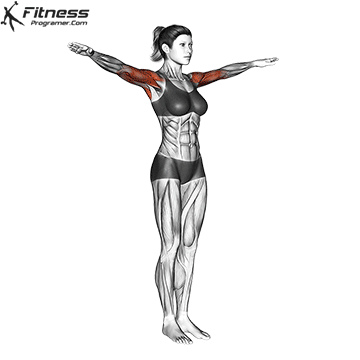
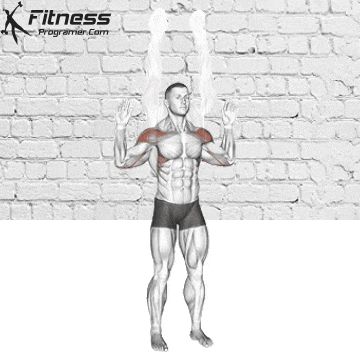
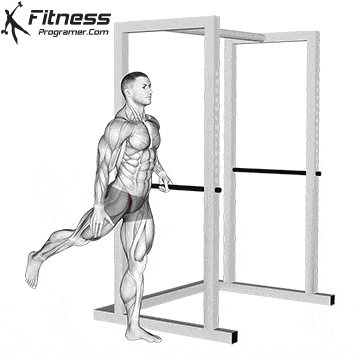
Science note: Behm & Chaouachi (2011) showed that dynamic warm-ups improve sprint, jump, and lifting performance, while reducing acute injury risk.
2. Master Technique Before Adding Weight
Poor form is the leading cause of gym injuries. Focus on learning correct movement mechanics before increasing intensity. Even small deviations in form can overload joints or soft tissue. For example:
- Poor knee tracking in squats → patellofemoral pain
- Rounded back deadlifts → lumbar disc stress
- Excessively flared elbows in bench press → shoulder impingement
How to improve technique:
- Use mirrors or the visuals in our exercise list to assess form.
- Start with bodyweight or light resistance
- Prioritize control over load (slow eccentric phases build better mechanics)
- Seek coaching or reliable instructional resources when learning new lifts

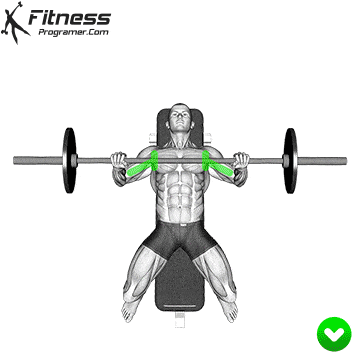
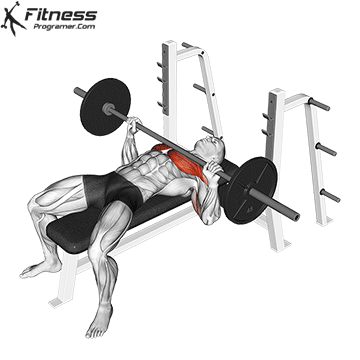
3. Apply Progressive Overload Gradually
The body adapts best when training loads increase in small, manageable increments. Drastic jumps in weight or volume can stress joints, tendons, and muscles. Muscles, tendons, and ligaments adapt at different rates. While muscle strength increases relatively quickly, connective tissue takes longer to remodel, making sudden load jumps a common cause of injury.
Safe progression guidelines:
- Increase load by 2,5–5% per week for upper body lifts, and 5–10% for lower body when consistent form is maintained
- Track volume load (sets × reps × weight) to avoid sudden spikes
- Use autoregulation (RPE/RIR scales) to adjust intensity to readiness
Example: If you bench press 60 kg for 3×8, don’t jump to 80 kg. Move to 62.5–65 kg, or add a rep/extra set before increasing load.
4. Balance Training and Recovery
Muscles grow and adapt during rest, not just during workouts. Ignoring recovery often leads to fatigue-driven injuries.
Key recovery strategies:
- Sleep: 7–9 hours per night (sleep debt correlates strongly with sports injuries).
- Rest Days: Train major muscle groups 2–3× per week, with at least 48 hours between heavy sessions.
- Active Recovery: Low-intensity activities (walking, mobility drills, yoga) enhance circulation and reduce stiffness.
- Nutrition: Adequate protein (1.6–2.2 g/kg/day) supports tissue repair, and sufficient carbohydrates replenish glycogen for high-intensity sessions.
5. Strengthen Stabilizing Muscles
Strong prime movers (quads, pecs, lats) often outpace smaller stabilizing muscles, leaving joints exposed. Weak stabilizers—such as the rotator cuff in the shoulder or the hip abductors—can compromise movement quality. Incorporate accessory work to reduce injury risk:
- Shoulder Health: Band external rotations, face pulls, and YTWs target rotator cuff and scapular stabilizers.
- Hip Stability: Copenhagen planks, lateral band walks, and single-leg glute bridges strengthen hip abductors/adductors.
- Core Stability: Anti-extension (plank), anti-rotation (Pallof press), and anti-lateral flexion (suitcase carries) exercises protect the spine.
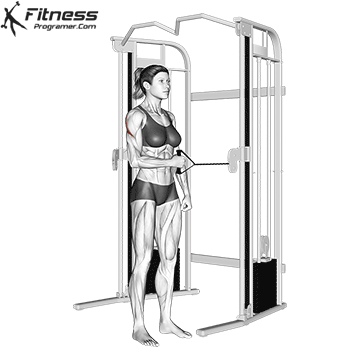
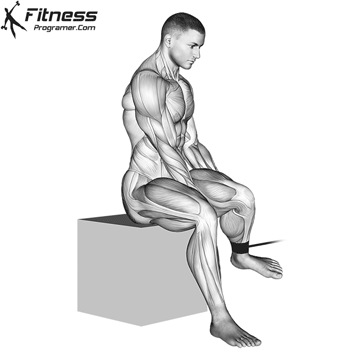

Research: Weak hip abductors have been linked to ACL and patellofemoral injuries in athletes (Hewett et al., 2005).
6. Use Proper Equipment and Setup
- Wear appropriate footwear for your activity (flat shoes for squats/deadlifts, cushioned shoes for running)
- Check equipment setup—adjust seat height, bar placement, or safety pins before lifting
- Avoid slippery surfaces and ensure barbells are clipped securely
7. Listen to Your Body
Sharp pain, joint discomfort, or lingering soreness are signals, not obstacles to push through. Training should feel challenging but never painful.
- Stop and assess if you feel abnormal pain
- Modify or replace aggravating exercises
- Lingering soreness in joints beyond 72 hours
- See a sports physician or physiotherapist for persistent issues
Ignoring these is a pathway to overuse injuries like tendinitis or stress fractures. Adjust exercise selection, reduce load, or consult a physiotherapist.
8. Avoid Common Mistakes That Lead to Injury
- Skipping warm-up or cool-down
- Ego lifting (choosing weights you can’t control)
- Neglecting mobility and flexibility
- Training the same muscle group every day
- Poor posture outside the gym (slouching, sitting long hours)
Final Takeaway
Avoiding gym injuries is not about being cautious to the point of stagnation—it’s about training smarter. By combining solid technique, gradual progression, and adequate recovery, you not only protect your body but also create the foundation for long-term strength and muscle growth.
References
- American College of Sports Medicine. (2021). ACSM’s Guidelines for Exercise Testing and Prescription. 11th Edition.
- Haff, G. G., & Triplett, N. T. (2015). Essentials of Strength Training and Conditioning. National Strength and Conditioning Association.
- Behm, D. G., & Chaouachi, A. (2011). A review of the acute effects of static and dynamic stretching on performance. European Journal of Applied Physiology, 111(11), 2633–2651.
